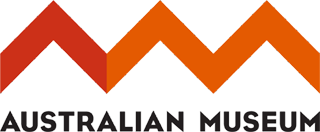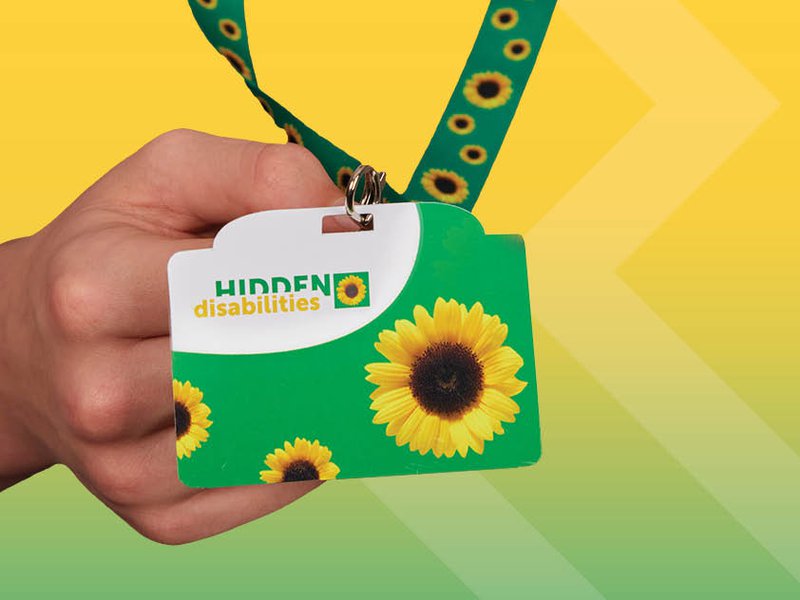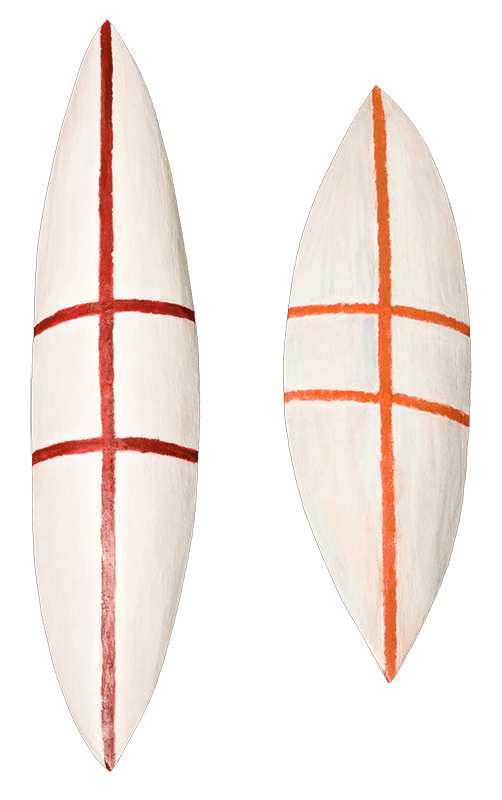Accessibility and inclusion
The Australian Museum continues to embed the principles of social inclusion and equity throughout its exhibitions, programs, services and venues.
On this page...
Getting around the Museum
The Australian Museum provides access to all areas of the Museum for people in wheelchairs and mobility scooters. There are ramps throughout the exhibitions and two lifts to take you between all floors. All doors are automatic.
Please refer to the Australian Museum map for details of key features such as accessible areas and stairs.
Guide Dogs and Companion Dogs
The Australian Museum welcomes guide dogs and companion dogs. A water bowl is kept at Admissions desk.
Toilets
Wheelchair accessible toilets are located on all public gallery floors including Ground, Lower Ground near Claoking, Level 1 and Level 2.
A wheelchair accessible toilet is also located on Level 4 by No. 1 William.
The AM has a Changing Places adult change table located on level 2. Please request the access to this facility from any AM staff, security or from the admission desk.
Baby change rooms
Baby change rooms are available on Lower Ground near Cloaking, and in the Level 2 Parents Room.
Food and dining
There are two accessible areas to eat in the Museum:
- No. 1 William is located on Level 4 and is accessible by lift
- The Billabong Waterhole café is located on Level 2.
Quiet times
The Museum opens at 10am which is generally when the Museum is at its quietest. School term is quieter unless there are a lot of school students booked in.
School holidays and rainy days can be very busy.
The AM also runs a series of Early Birds Access Mornings to provide a reduced-sensory, relaxed and supportive environment for visitors on the autism spectrum or those who have other access requirements. Visitors, together with their family and friends, can explore the AM before it opens to the general public at their own pace and without all the noise, crowds and other high sensory aspects of visiting a museum.
View our What's on calendar for program and exhibition details.
Accessible services
We offer a range of accessible services including wheelchairs, hearing loops and free access to carers holding a Companion Card.
Companion cards
General Admission and major exhibition entry is free to those who hold a Companion Card and are assisting as a carer. Further discount will apply when presenting a Centrelink Healthcare Card or Pension Card. See our Admissions page for further details.
Wheelchairs
A wheelchair may be available for use during your visit. Please ask at the Admission Desk on arrival at the Museum.
Hearing loops
Hearing loops are installed at the Australian Museum.
Please call 9320 6000 should you require any assistance with accessing any of these services.
AM Visual Story
The AM Visual Story is a guide for visitors on the autism spectrum and those with sensory sensitivities to prepare for their visit.
Access programs
The AM offers a variety of specially designed programs and resources for visitors with access needs and their families including tactile and sensory tours, daily orientation tours and audio description tours.
Tactile and sensory tours
Tactile and sensory tours are currently unavailable due to COVID Safety requirements.
Audio description tours
Audio description tours will be relaunched and available for visitors via their own mobile devices through the online audio guides. Currently, audio description tours are only available for Dinosaurs exhibition and the Westpac Long Gallery 200 Treasures of the Australian Museum.
Program access
If you would like to discuss making one of our upcoming programs more accessible to you, please call 02 9320 6222.



